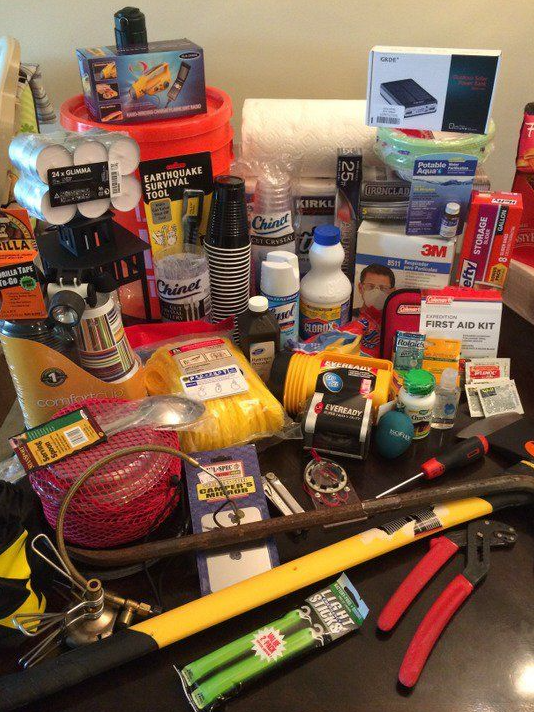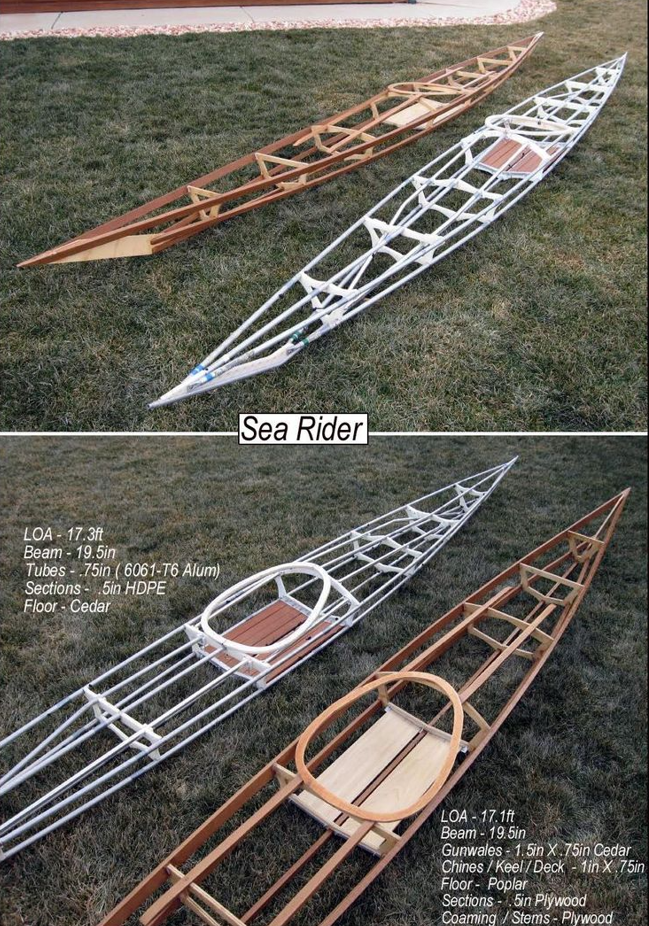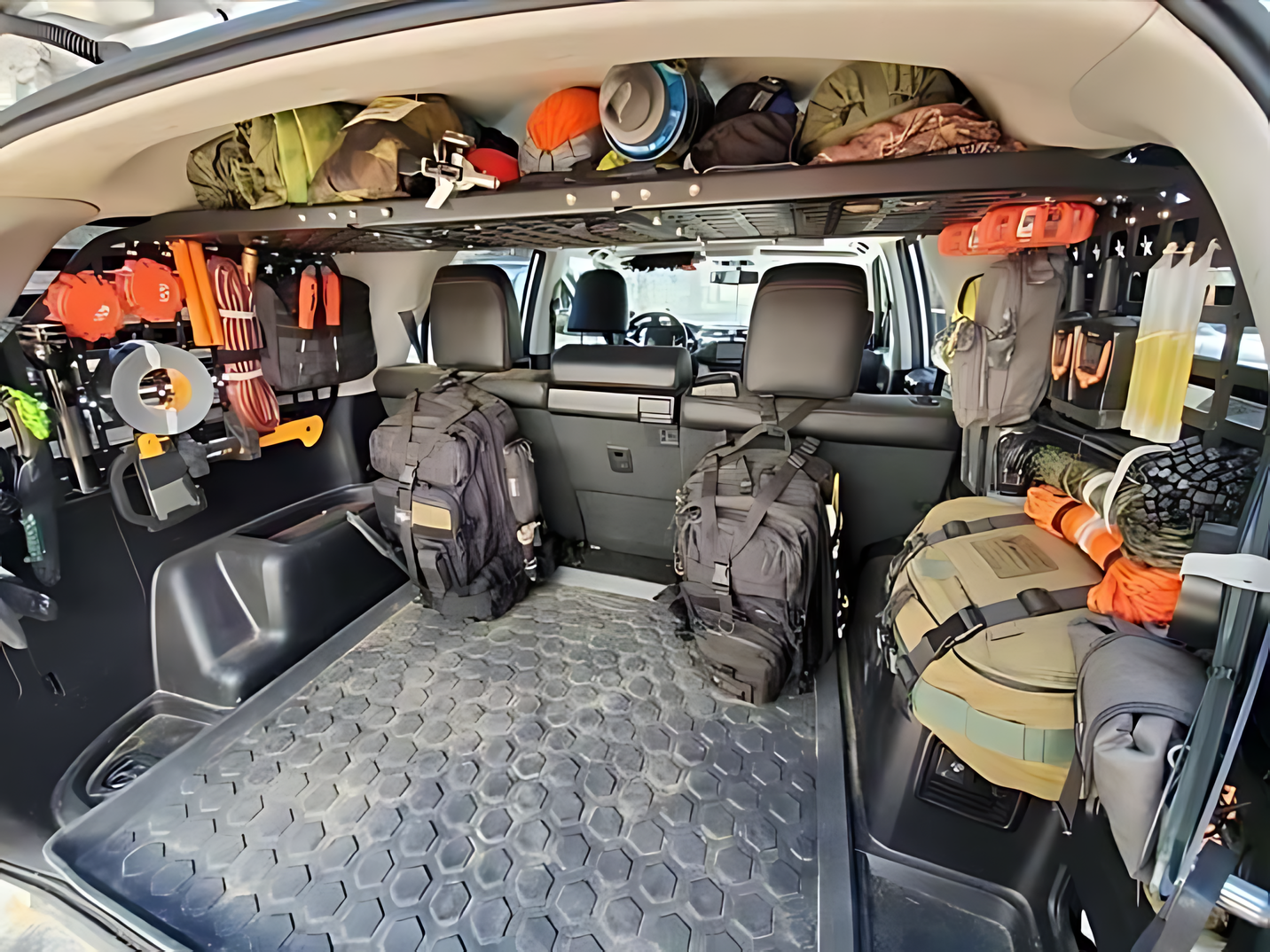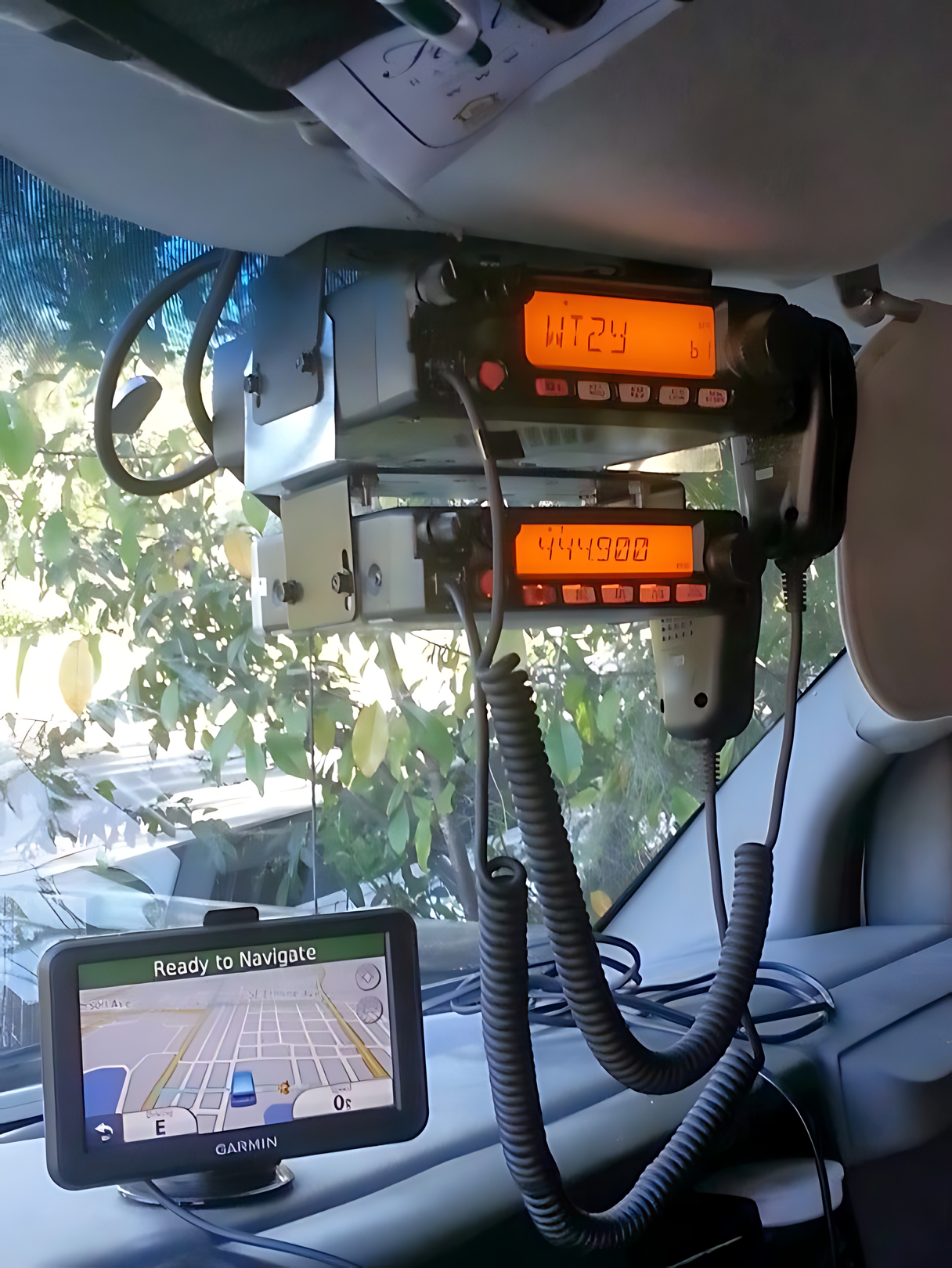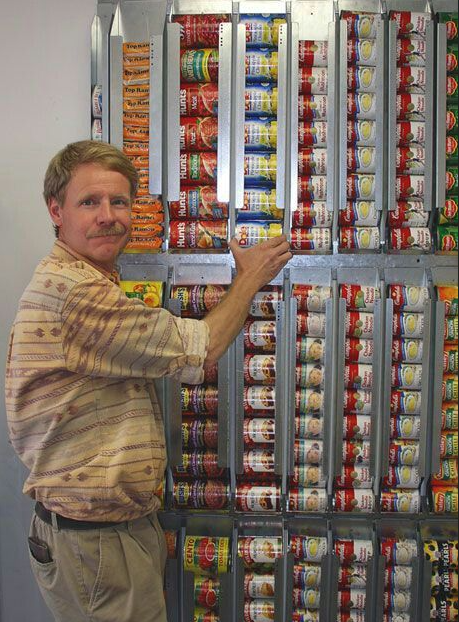Your Ultimate Emergency Survival Kit: A Guide to Being Prepared
This image is a great example of a comprehensive emergency preparedness kit. Having a well-stocked kit is crucial for facing unexpected events, from natural disasters like earthquakes and floods to power outages. This isn’t just a grab-and-go bag; it’s a collection of supplies to help you and your family survive comfortably for at least 72 hours.
What’s in the Kit?
This photo shows a variety of essential items, organized into a few key categories.
Water and Food:
- Water Containers: Large containers, like the orange buckets, are excellent for storing drinking water.
- Food: Items like the yellow package of food, likely non-perishable MREs (Meals, Ready-to-Eat) or freeze-dried food, are perfect for long-term storage.
- Eating Utensils: Cups, plates, and cutlery are essential for sanitation and comfort.
Medical and Sanitation:
- First Aid Kit: A basic first aid kit is a must for treating minor injuries.
- Hygiene Supplies: Items like toilet paper, paper towels, and hand sanitizer are vital for personal hygiene and preventing the spread of germs.
- Bleach and Hand Sanitizer: These are critical for disinfecting surfaces and purifying water if needed.
Tools and Utilities:
- Flashlights and Light Sticks: The yellow flashlight and green light sticks provide a safe, reliable light source without the risk of fire.
- Radio and Chargers: A solar-powered radio or battery pack is essential for getting information when the power is out. The image shows a small solar charger for devices.
- Tools: A screwdriver, wrench, and other basic tools can be used for repairs or to shut off utilities.
- Duct Tape: The “Gorilla Tape” is a classic for emergency repairs of all kinds.
Safety and Warmth:
- Face Masks: Masks are crucial for filtering out dust or other airborne particles after an event.
- Blankets or Warm Clothing: While not all are visible, blankets are a key part of any kit for staying warm.
- Matches or Lighters: A reliable way to start a fire.
How to Build Your Own Emergency Kit
Building a kit like this is simple and can be done over time.
- Start with the Basics: The “Rule of Threes” is a good guideline:
- 3 gallons of water per person.
- 3 days’ worth of non-perishable food.
- 3 ways to start a fire.
- 3 blankets or warm sleeping bags.
- Organize by Category: Store items in separate, waterproof containers or plastic bags. This makes it easier to find what you need quickly.
- Think Beyond the Basics:
- Medications: Add a 7-day supply of any prescription medications for everyone in your household.
- Documents: Store copies of important documents like insurance policies and identification in a waterproof bag.
- Cash: Keep some small bills and coins in case electronic payments are unavailable.
- Special Needs: Don’t forget supplies for infants, the elderly, or pets.
- Maintain Your Kit:
- Rotate supplies: Check expiration dates on food and water every 6-12 months and replace items as needed.
- Test gear: Check batteries in flashlights and radios annually.
Being prepared gives you peace of mind. By building your kit, you’re not just storing supplies—you’re taking control of your family’s safety.
